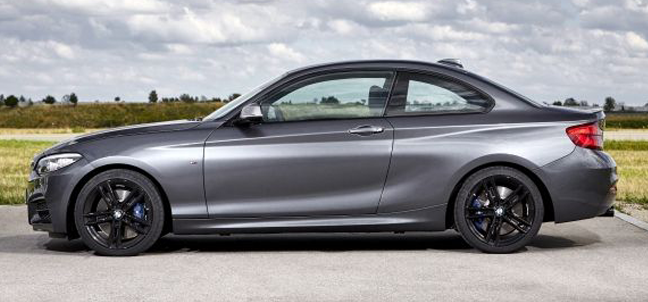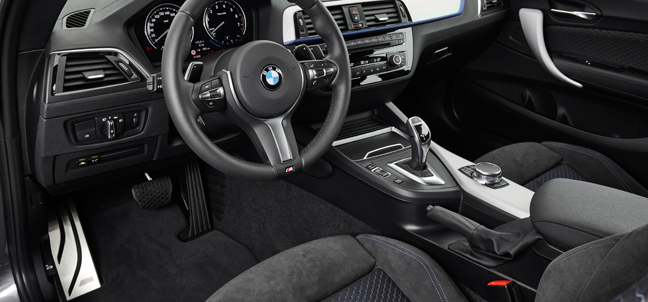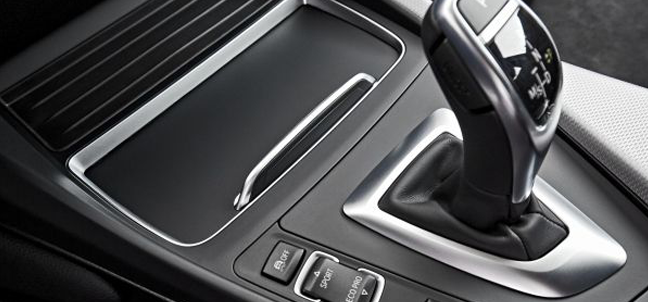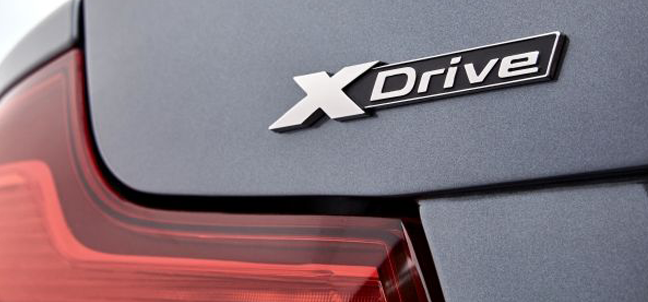There is no denying the cachet of the famous ‘blue-and-white propeller’ emblem of Bavarian giant BMW. While the 1-Series offers hatchback practicality, allied to the company’s excellent array of petrol and diesel powerplants and a £21,840 entry price point (not including your FCD discount), the 2-Series coupe carries a style premium of around £2,500. Yet, notable from 2017’s registration figures for the larger 3 and 4-Series, which follow a similar pattern of saloon and respective coupe line-ups, it is the style-centric 4-Series that seems to attract more buyers. The 2-Series could follow suit.
While diesel remains under a metaphorical cloud that has been promoted recently by government and the motoring media, although the consumer has been affected by the implications, it is accepted generally that it remains the motive force of choice, despite falling registrations, which are mainly from the company car sector. Diesel is punchier than petrol in performance terms, while also delivering excellent fuel economy figures, and modern diesel engines, with their particulate filters and catalysers, are proven to be ecologically cleaner.

However, BMW satisfies the requirements of its customers by offering a choice of five petrol and five diesel engines in its new 2-Series, with the range being topped by the focused bi-turbo M2 sports model, powered by a 3.0-litre, six-cylinder petrol unit. The company’s three-cylinder 1.5-litre petrol engine that also powers the Mini can scarcely be described as a ‘slouch’, being capable of despatching the 0-60mph benchmark sprint in a cool 7.0s, thanks to a modest 136bhp in 218i form. A 142g/km CO2 and Group 21E insurance rating help to keep running costs within sensible bounds.
The 2.0-litre petrol engines are available in 184 and 245bhp forms in 220i and 230i guises, with a less potent version of the M2’s 370bhp straight-six (326bhp) creating the 240i model. However, BMW’s first-rate 2.0-litre turbo-diesel engine is available in 150, 190 and 224bhp forms at the other end of the scale, with up to 62.8mpg available on the Official Combined test cycle. It is perfectly understandable why BMW customers are remaining faithful to the marque, because that all-purpose turbo-diesel engine is a genuine market leader that is neither noisy, nor poisonous and is eminently frugal.
While emanating from the ‘Russian Doll’ school of car design, the familial cues inherent to the 2-Series (double ‘kidney’ grille, twin headlamps, gaping air intakes) ensure that brand confusion is never an issue. The 2-Series is almost achingly pretty but remains surprisingly practical, with space in the rear for two adults (or three children) and a secure 390-litres of boot space.

Typical of BMW, the quality of the 2-Series’ cabin is exceptionally high and devoid of the style-for-styling’s-sake evident in several rival brands. Driver-focused, the command position contains three distinct aspects: steering wheel/primary controls, centre stack for stereo, sat-nav and secondary information and the transmission selector. It is a well-tried formula, carried across (apart from tiny details) the entire BMW model range virtually unaltered. In many ways, it offers an uncomplicated safety provision that places the car in pole position.
However, BMW has been moving the game forwards by introducing a much-improved and more recognisable, tile-based infotainment system. The touch-screen position is prominent but non-distracting, demanding no more than an occasional eye-drop to check what is on-screen. Connectivity is the current ‘big thing’ in the new car scene and the ability to link mobile devices readily, with a touch-pad ahead of the rotary iDrive control and voice recognition that enhances safety, when the driver is alone, all works intuitively and logically, once again, demonstrating to BMW’s competitors that there is a better way.

Yet, the 2-Series is a niche product and the number of rivals tilting at BMW’s crown are actually few and far between. This has not stopped the company from creating a special environment within its personal coupe. Gloss black trim fillets give an upmarket appeal, while the leather seats are not just accommodating but are exceedingly comfortable. The driver’s seat can be adjusted in every direction, matched by a steering column possessing a decent amount of rake and reach movement. The steering wheel is comfortable to wield and the high-quality appeal extends to all switchgear, whether on its cross-spokes, or in the dashboard.
My test car was powered by the 184bhp turbo-diesel engine (0-60mph in 6.6s, 140mph top speed, 60.1mpg, 124g/km CO2) matched to the latest 8-speed automatic transmission and the optional X-Drive 4x4 system, which factors in an additional £3,000 cost. Of course, most BMWs are rear-driven as standard and there is a distinct rearward bias to the torque-split on the 220d, which ensures that its handling is a joy. On the greasy and occasionally slippery road surfaces of the test, the 4x4 system proved its worth by maintaining a stable attitude, without negative implications.

The car’s steering is surgically accurate, while its ride quality on the optional adaptive dampers was firm but never uncomfortable. Yet, living up to its ‘driver’s car’ ethos, it was never less than entertaining to drive, when I wanted it to be, within the limits of its power output. The simple fact is that the silky-smooth 220d is so well-balanced and dynamically unflawed that every driving experience, whether footling to the shops, or pedalling the car down the motorway, feels rewarding and engaging.
There is no single element of the car that demands anything other than positive critique. It is handsomely styled and, if you are already a BMW owner, it will feel reassuringly familiar thanks to its first-rate cabin ergonomics and chassis dynamics. While the coupe lacks the ultimate practicality of a 1-Series hatchback, it possesses the upmarket looks to warrant its position in the premium car category.